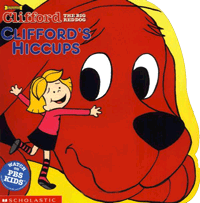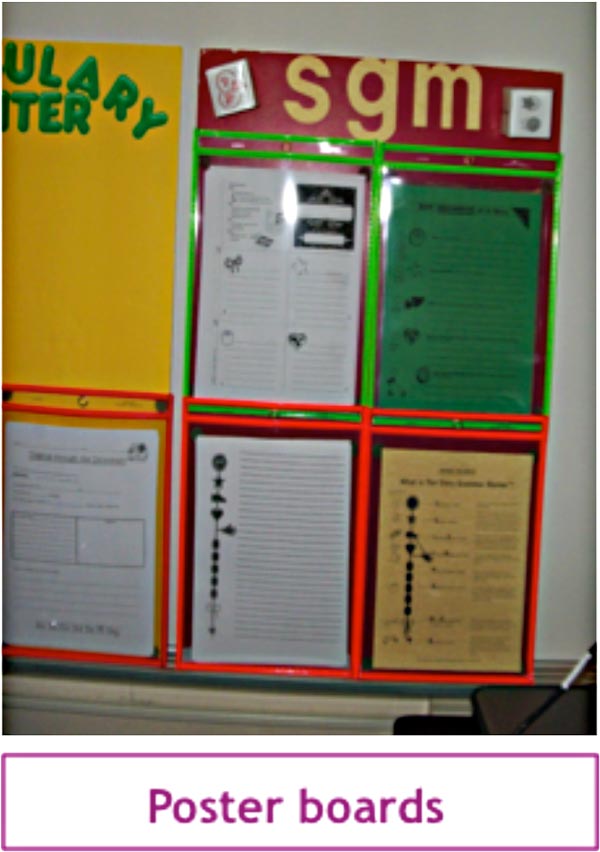Menu
-
- Home
-
About Us
-
The Approach
-
Linking Language & Literacy
-
MindWing Learning
-
Learning Resources
-
SHOP
-
Blog
-
- About MindWing
- Our People
- Contact Us
- Your Account
- Login
-
Spain (EUR €)


“Getting to Know You” Activity for the New School Year
August 04, 2016
 It’s never too early to begin planning for a new school year. I know that my colleagues and I were always preparing our classrooms and sharing ideas all summer long! Here is a simple idea for the first day of school to use with students. This activity may be modified to meet the needs of your students. You can use MindWing’s Icon STAMPede Stamp Activity Set to print the paper. (You can use the other stamps for activities to reinforce the Setting, Kick-Off, Feelings, etc.) 1. Review the SGM icons. Talk about the Character icon. 2. Print as many character icons as needed, two of each color. 3. Laminate and cut the icons out. (These may be used all year to group students for other activities as well and are easily stored to be used with your groups!)...
It’s never too early to begin planning for a new school year. I know that my colleagues and I were always preparing our classrooms and sharing ideas all summer long! Here is a simple idea for the first day of school to use with students. This activity may be modified to meet the needs of your students. You can use MindWing’s Icon STAMPede Stamp Activity Set to print the paper. (You can use the other stamps for activities to reinforce the Setting, Kick-Off, Feelings, etc.) 1. Review the SGM icons. Talk about the Character icon. 2. Print as many character icons as needed, two of each color. 3. Laminate and cut the icons out. (These may be used all year to group students for other activities as well and are easily stored to be used with your groups!)...

Character & Setting Lesson: Make Your Own Page of a “Lift-the-Flap” Book
July 12, 2016
 If you’re looking for a entertaining, summertime activity to do with preschoolers or kindergarten students, get a copy of the book Where’s Spot? by Eric Hill. This book was originally published in 1980 and was the first book in the Spot series. This engaging lift–the-flap book will bring you and your students on Sally’s journey to find her pup, Spot, in the house so that he will eat his supper. It’s the perfect book to reinforce the Descriptive Sequence and focus on the Character and Setting icons using Braidy the StoryBraid After reading (or viewing on YouTube) the book, make a list of characters (Sally, Spot, bear, snake, hippo, bird, lion, monkey, alligator, penguin, turtle) with the students...
If you’re looking for a entertaining, summertime activity to do with preschoolers or kindergarten students, get a copy of the book Where’s Spot? by Eric Hill. This book was originally published in 1980 and was the first book in the Spot series. This engaging lift–the-flap book will bring you and your students on Sally’s journey to find her pup, Spot, in the house so that he will eat his supper. It’s the perfect book to reinforce the Descriptive Sequence and focus on the Character and Setting icons using Braidy the StoryBraid After reading (or viewing on YouTube) the book, make a list of characters (Sally, Spot, bear, snake, hippo, bird, lion, monkey, alligator, penguin, turtle) with the students...

Summer School Explorations with Google Earth
July 07, 2016
 Setting is a key area of instruction for students on the autism spectrum not only because they tend not to observe the “expected behaviors” or script for a given setting, but also because they often leave out details about Setting when
Setting is a key area of instruction for students on the autism spectrum not only because they tend not to observe the “expected behaviors” or script for a given setting, but also because they often leave out details about Setting when  telling stories to others, thus resulting in loss of a point of reference and confusion on the part of their listener. Students in social thinking/skills groups or individual treatment would therefore benefit from building descriptive skills through the use of the Setting Map contained in It’s All About the Story and other SGM resources. Once again, as visual and kinesethetic learners, working with resources they can see and manipulate assists in building these skills...
telling stories to others, thus resulting in loss of a point of reference and confusion on the part of their listener. Students in social thinking/skills groups or individual treatment would therefore benefit from building descriptive skills through the use of the Setting Map contained in It’s All About the Story and other SGM resources. Once again, as visual and kinesethetic learners, working with resources they can see and manipulate assists in building these skills...

Elephants Get the Hiccups?! Fun Lesson Teaching Kick-Offs and Compare/Contrast
June 27, 2016


Recently, I came across two books at my local library that both had the same Kick-Off: Hiccups for Elephant by James Preller and Clifford’s Hiccups adapted by Suzanne Weyn. In each, the main Character in the story has the hiccups. Maryellen Moreau has completed a workshop activity using the Preller book shown below. In the Hiccups for Elephant book, the hiccups that the elephant has is an Initiating Event (Kick-Off) for the animals in the forest who do not like being awakened by the hiccups, and each have a remedy to offer. The elephant, himself, is not seeking a remedy...

Tech Tuesday: Using the Pic Collage App with Complete Episode Narratives
June 21, 2016
For this month’s Tech Tuesday, I will be discussing the use of a phenomenal and versatile app, Pic Collage, which can be used to make storyboards for books that can be analyzed as Complete Episode Narratives with use of Story Grammar Marker®. Pic Collage has long been a favorite of mine, and I have written about it previously and presented with MindWing Concepts on its uses. It seems that every time I sit down with a student, I find a new way to use this app! Pic Collage is a free app that is available for both iPad and Android devices...

Organizing Your SGM Materials for the New School Year
June 10, 2016
 As another school year winds down, I am reminded of what I always loved about teaching: There was always another year to plan to engage children, change approaches, learn new techniques, and grow as a professional!
As another school year winds down, I am reminded of what I always loved about teaching: There was always another year to plan to engage children, change approaches, learn new techniques, and grow as a professional!
As you pack up supplies and begin a few weeks of rest, file this idea away with your materials to consider implementing next year. This picture is an idea that Natalia Kofman, a colleague of mine in Westfield, MA, used to organize her SGM® materials in her fourth grade classroom...
